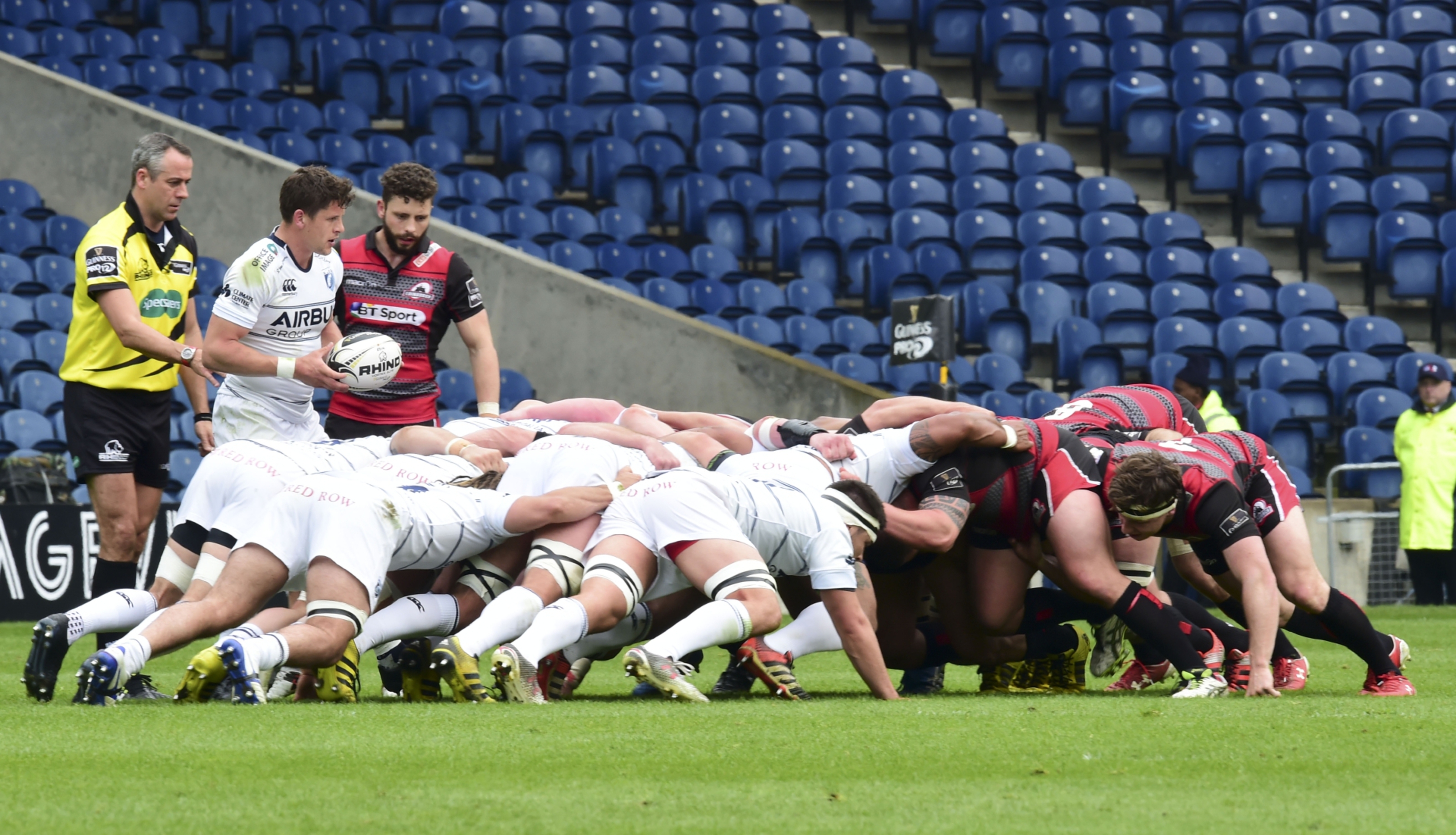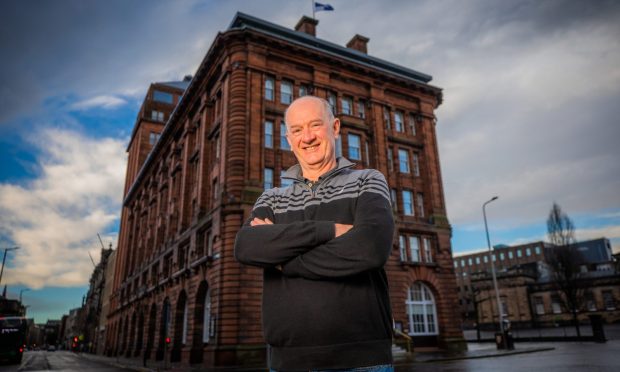Edinburgh will leave BT Murrayfield next season – hoping that a more intimate atmosphere at Myreside will finally get the team going forward.
On Tuesday the club are reportedly set to announce that they will move out of the national stadium next January to the ground of George Watson’s College a mile and a half away.
Myreside was the club’s main base as the Edinburgh Reivers in the first year of the Celtic League in 2001-02 before they moved first to Meadowbank and then to Murrayfield.
More details will be made at the announcement, although it’s understood that a full six months are required to bring the ground – which also serves as the home of BT Premiership club Watsonians – up to pro-level standards in terms of facilities.
The move is being described as a six-month trial, but if the investment made on Myreside is as expected, it’s hard to see the club going back to the national stadium, where their average crowd of 3000-4000 among the 67,500 seats makes for a dreadful atmosphere.
There’s no official capacity for the school ground, but it has comfortably accommodated between 5000-8000 in the past.
A change of scene is just one thing Edinburgh are desperately needing. Saturday’s loss to Cardiff Blues meant the capital club finished a lowly ninth in the Guinness PRO12.
Although the club’s officials and players will point out they won more games than in previous years, that they got to the final weekend with a chance of making the top six, and that there is progress in the young players coming through, the fact remains in three seasons under Alan Solomons the team have finished eighth, eighth and now ninth.
Solomons barely hid his fury in the aftermath at the way his team surrendered a 17-7 half-time lead against a Blues side with nothing to play for but pride.
But although a fourth try and victory would have had him pointing out his team could have done all they could on the day – Munster’s defeat of Scarlets erased their slim hopes of sneaking a top six position and automatic European Champions Cup qualification – the problem had emerged long before Saturday.
The club have won just three out of ten since they recorded their two victories over Glasgow in the 1872 Cup over the festive season, when they were actually in a play-off place.
Any progress the club have made – and there’s been some, specifically in giving much more game time to young Scottish talent – has been overshadowed by that poor run.
The building blocks are there – a formidable pack, anchored by the Scotland front row, and a defence that is ranked among the PRO12’s top three.
Duncan Weir and Glenn Bryce’s arrival from Glasgow in the summer will help, as will hopefully a return to form for Sam Hidalgo-Clyne and the continuing development of youngsters like Blair Kinghorn, Jamie Ritchie, Magnus Bradbury and Damien Hoyland.
But the list of eight losing bonus points this season – second most in the league – shows that Edinburgh lose too many close ones while just two try bonuses illustrate how much they need to put more accent on attack.
Edinburgh’s two best backs of recent times – Tim Visser and Matt Scott – have now been allowed to leave. Perhaps their ambitions would have meant they left anyway but losing their regular Scotland places while playing for Edinburgh’s punchless backline may have had something to do with their exits.
On-field leadership also remains an issue. Skipper Mike Coman’s absence in the latter part of the season left the team looking almost rudderless, and stand-in skipper Ross Ford’s late call-off through injury on Saturday had a marked effect.
Solomons is back for at least one more year, and attack coach Duncan Hodge, who only joined the club full-time after the World Cup, will have a full pre-season to work on improving the cutting edge.
The club can reasonably expect the pack and defence to hold up next season. It’s clear, however, that for Edinburgh to truly progress they must start to dominate teams on the scoreboard.


